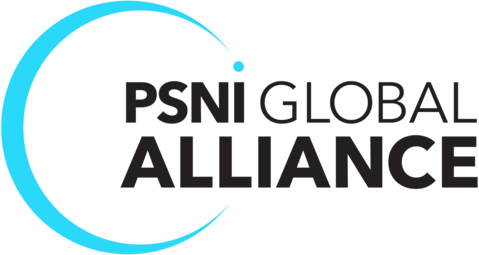At a time when institutions of higher education want to show they have a competitive edge, technology is an essential differentiator. Solutions like interactive displays, content sharing tools, and video conferencing enhance learning and support innovation in and out of the classroom.
When it comes to updating classroom technologies, the challenge for many institutions is that budgets are limited, cycles are long, and there are multiple stakeholders in the decision-making process. These factors make it difficult for schools to keep up with technology changes occurring outside of education. Schools that can figure out how to adopt and make use of the technologies being used in the industries students will eventually work in will give their students an advantage.
With the right solutions, educators can provide an interactive learning experience that supports a variety of learning styles. However, to ensure you get to that point, you will first want to take the following steps:
Step 1: Evaluate Current Solutions
Before deciding on new technologies, take a look at the equipment currently in the classrooms. Make a note of which disparate and siloed solutions are in use. Though your budget may not allow for a complete overhaul, you can make choices about new investments based on what will best integrate with your current solutions.
The vendors you used for previous classroom and collaboration technology purchases can direct you to compatible additions and upgrades, or an independent technology integrator can present you with options based on your overall technology plan.
Step 2: Choose New Solutions
Even if you have recently modernized your classrooms, there will always be new and emerging technologies to consider with each new year. The best way to address the complexities of technology in higher education is to plan ahead. Set standardization goals and decide which classrooms you can update and when. Review product lifecycles and consider changing out components to gain newer functionalities and features.
Standardizing across similar kinds of ecosystems – meeting spaces, classrooms and labs – will reduce the time you spend helping or training users. It will also ensure that technologies integrate in the same kinds of spaces, and it can cut costs when purchasing the same solution for many classrooms.
When using old and new technologies together, it’s best to work with an experienced integrator who knows how to integrate a variety of technologies across multiple spaces. This can also help you leverage current technologies across various ecosystems.
Step 3: Nurture Your IT Teams
Find ways to add to your IT team’s skillset. This can mean continually training existing team members or looking for those with new skills when expanding your team. An extensive knowledge pool will be critical to your institution’s success with new and advancing technologies.
Ultimately, the best way to upgrade classroom tech is by actively collaborating with the users—students, professors, etc. If you also consult with experienced technology partners—including vendors, manufacturers, and experienced integrators, they can offer ways to future-proof your investments and get the most for your money. Updating classroom technologies doesn’t have to be headache if you develop a strategy and get expert advice.
Looking for a qualified technology partner in your area? We can help – click here.









